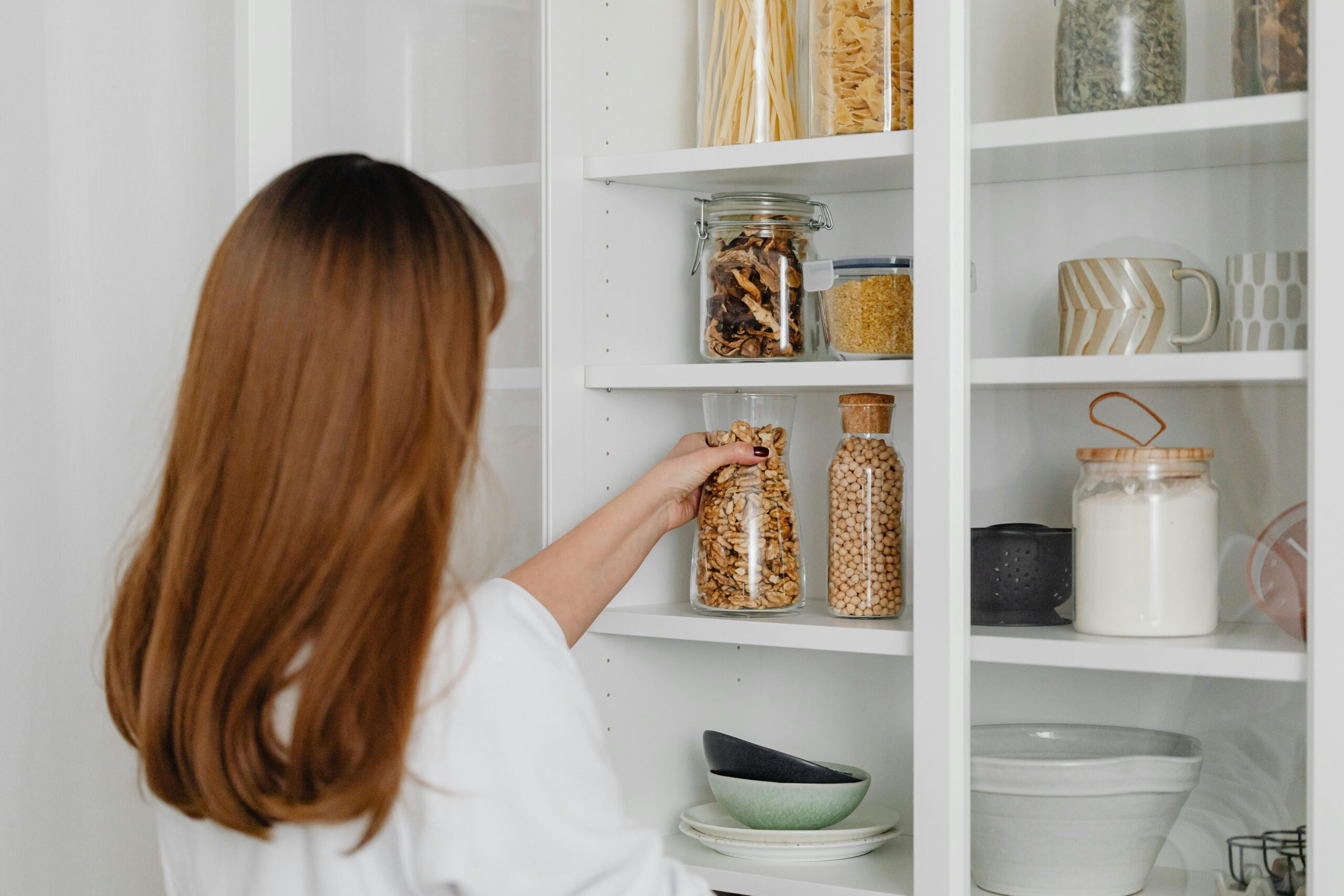Pantry Organization Tips: Keeping Your Kitchen Clutter-Free and Efficient
A well-organized pantry is the backbone of an efficient kitchen. Not only does it save you time and frustration when cooking and meal planning, but it also helps reduce food waste by ensuring that ingredients are visible and easily accessible. In this post, we’ll explore some essential pantry organization tips to help you keep your kitchen clutter-free and efficient.
Declutter Regularly
The first step to an organized pantry is decluttering. Remove items that are expired, stale, or no longer used. Donate unopened non-perishable items to food banks or shelters, and toss anything that is no longer safe to eat. Regularly decluttering your pantry prevents it from becoming overrun with unnecessary items.
Categorize Your Items
Divide your pantry into zones and categorize items accordingly. Group similar items together, such as grains, canned goods, spices, baking supplies, snacks, and condiments. This makes it easier to find what you need and prevents duplicate purchases.
Use Clear Containers and Labels
Transfer dry goods like flour, sugar, rice, and pasta into clear, airtight containers to keep them fresh and visible. Label each container with the contents and expiration date to avoid confusion. Clear containers also make it easy to see when supplies are running low and need replenishing.
Invest in Storage Solutions
Maximize vertical space with adjustable shelving units, stackable bins, and tiered organizers. Install door racks or over-the-door organizers to store spices, condiments, and small bottles. Utilize drawer organizers for storing kitchen utensils, wraps, and bags.
Optimize Accessibility
Store frequently used items at eye level or within easy reach, while infrequently used items can be placed on higher or lower shelves. Keep snacks and grab-and-go items accessible for quick and convenient snacking.
Rotate Stock Regularly
Practice the “first in, first out” rule to ensure that older items are used before newer ones. When restocking your pantry, place newer items behind older ones to encourage rotation and prevent food waste.
Create a Meal Planning Station
Designate an area in your pantry for meal planning supplies such as a calendar, notepads, pens, and cookbooks. Keep your grocery list handy so you can jot down items as you run out or plan meals for the week.
Maintain Regularly
Make pantry organization a part of your weekly cleaning routine. Wipe down shelves, containers, and labels to keep everything clean and tidy. Periodically review and adjust your organization system as needed to accommodate changes in your cooking habits and inventory.
Utilize Vertical Space
Install hooks or racks on the inside of pantry doors to hang aprons, oven mitts, and reusable shopping bags. Use tension rods to create additional storage for cutting boards, baking sheets, and trays.
Consider Accessibility for Children
If you have young children, designate a low shelf or drawer for their snacks and lunch items. Use clear, plastic bins labeled with pictures or words to help them identify and access their favorite foods independently.
By implementing these pantry organization tips, you can create a clutter-free and efficient kitchen space that makes meal prep and cooking a breeze. A well-organized pantry not only saves you time and stress but also promotes healthier eating habits and reduces food waste.

